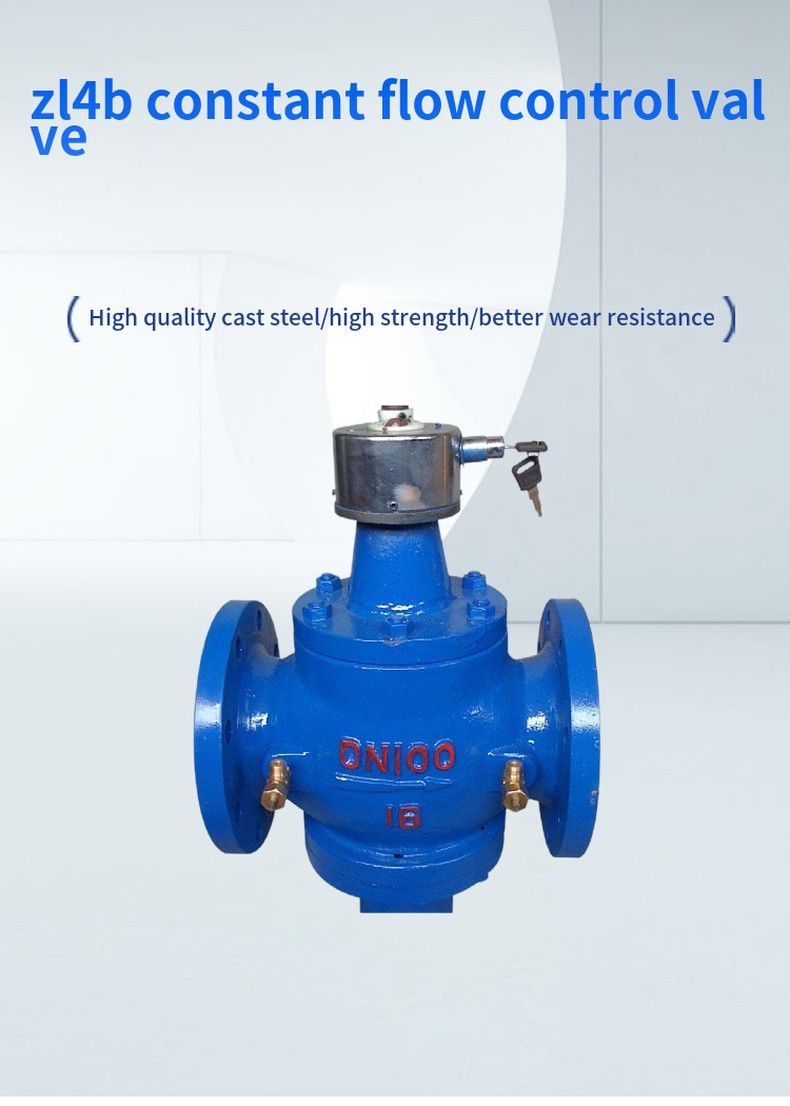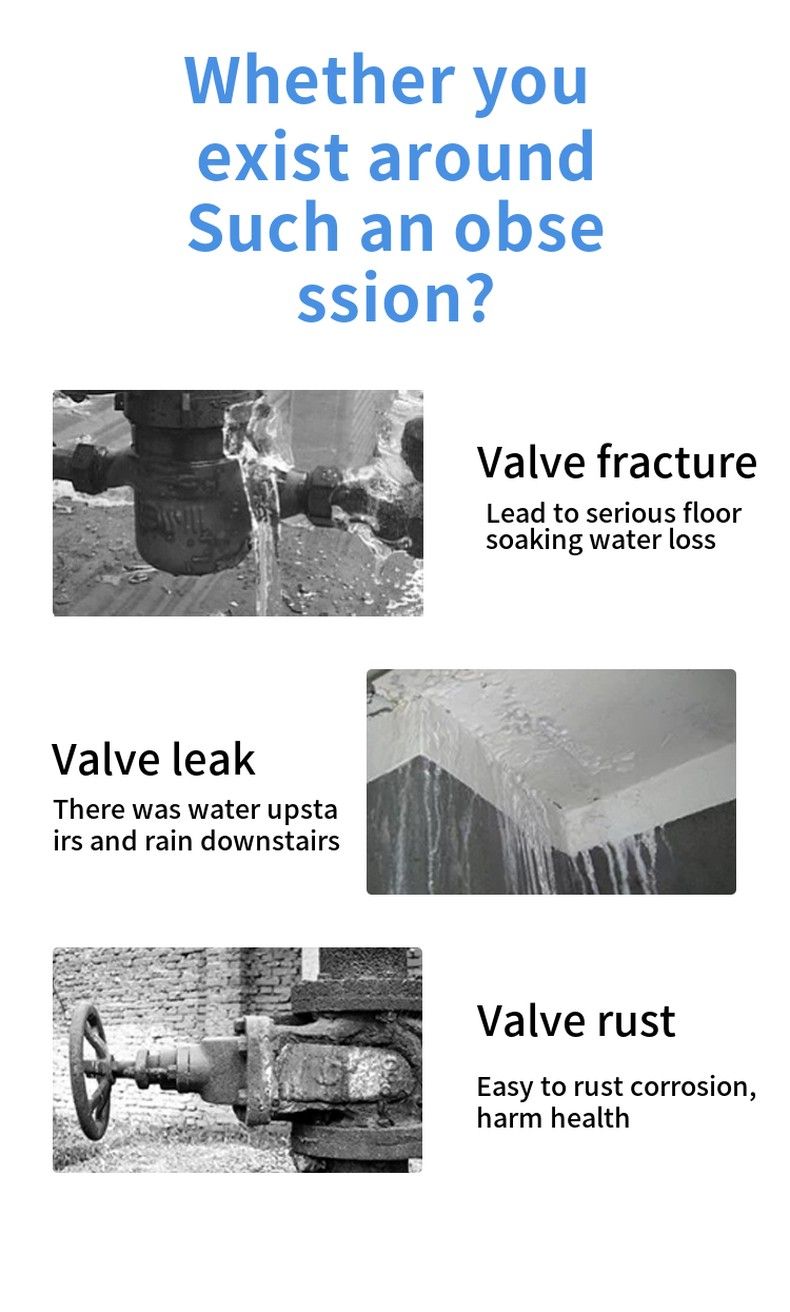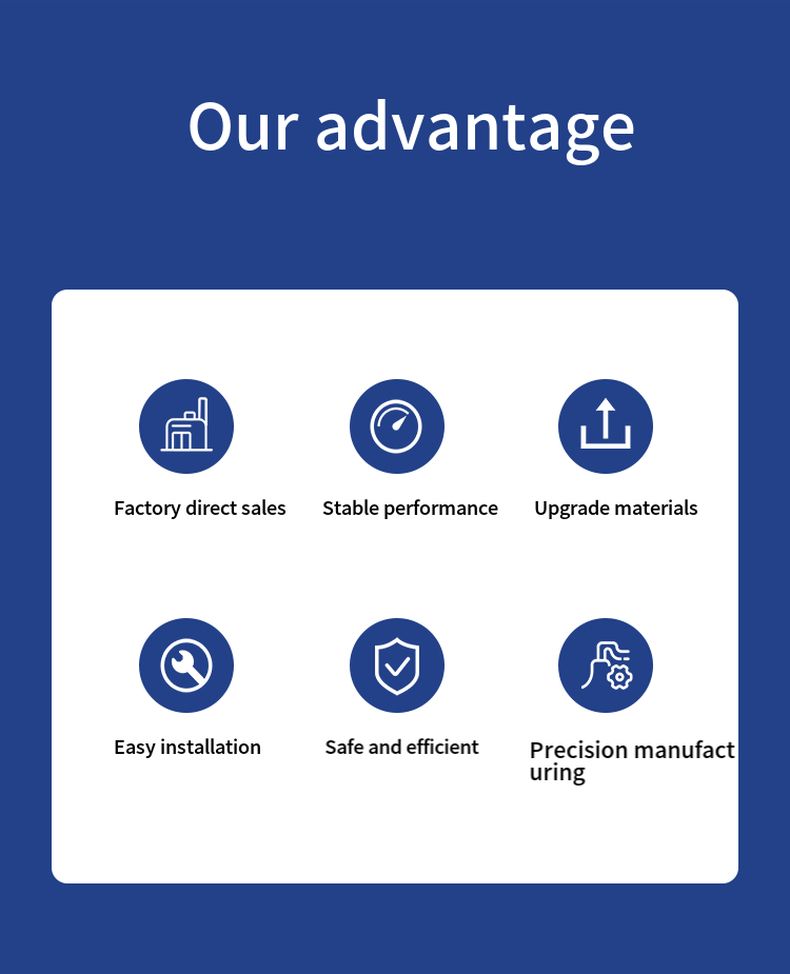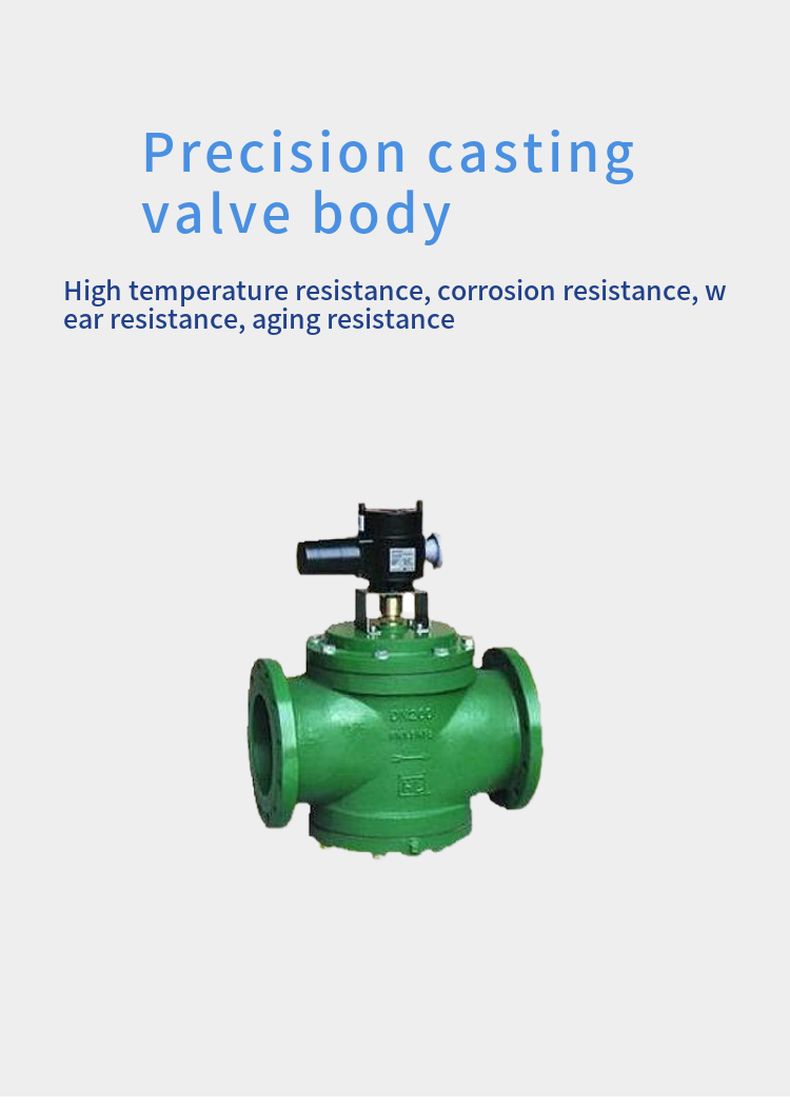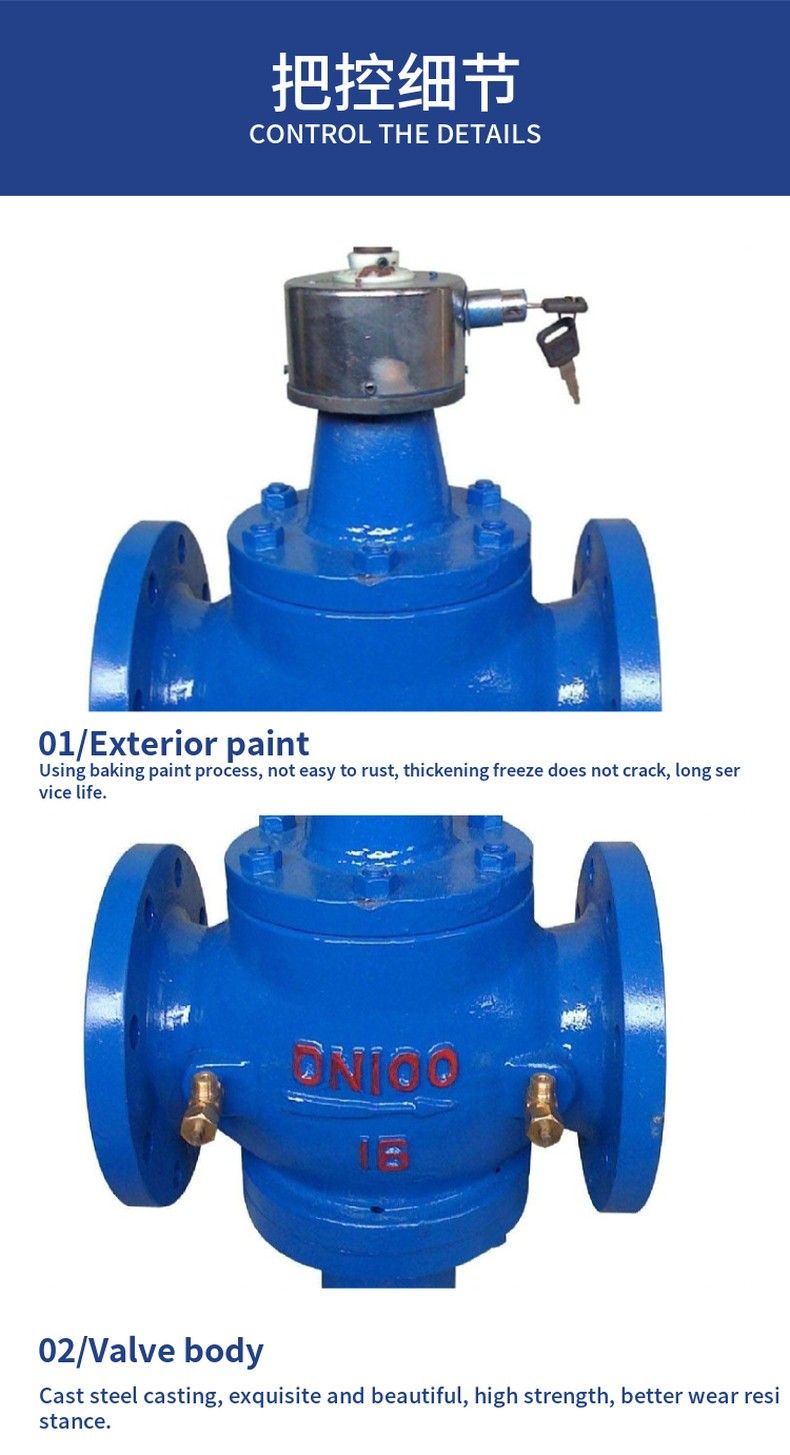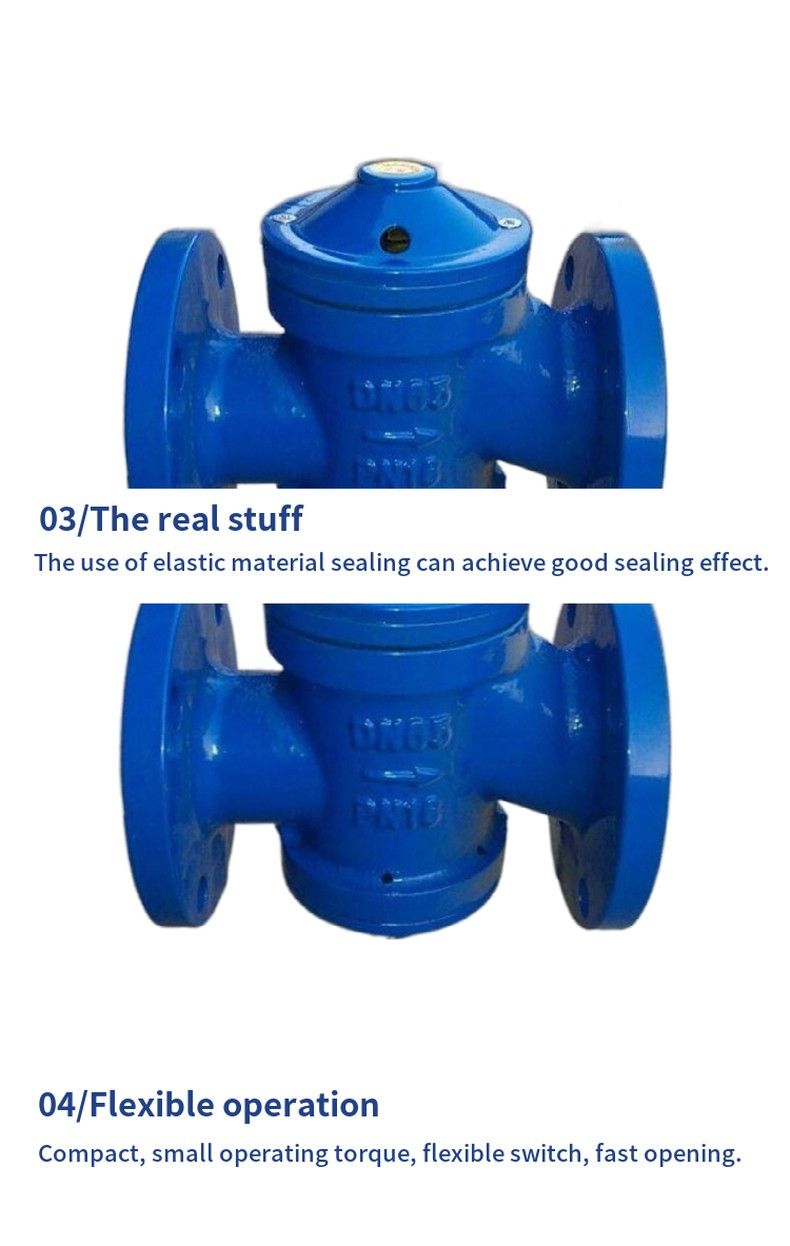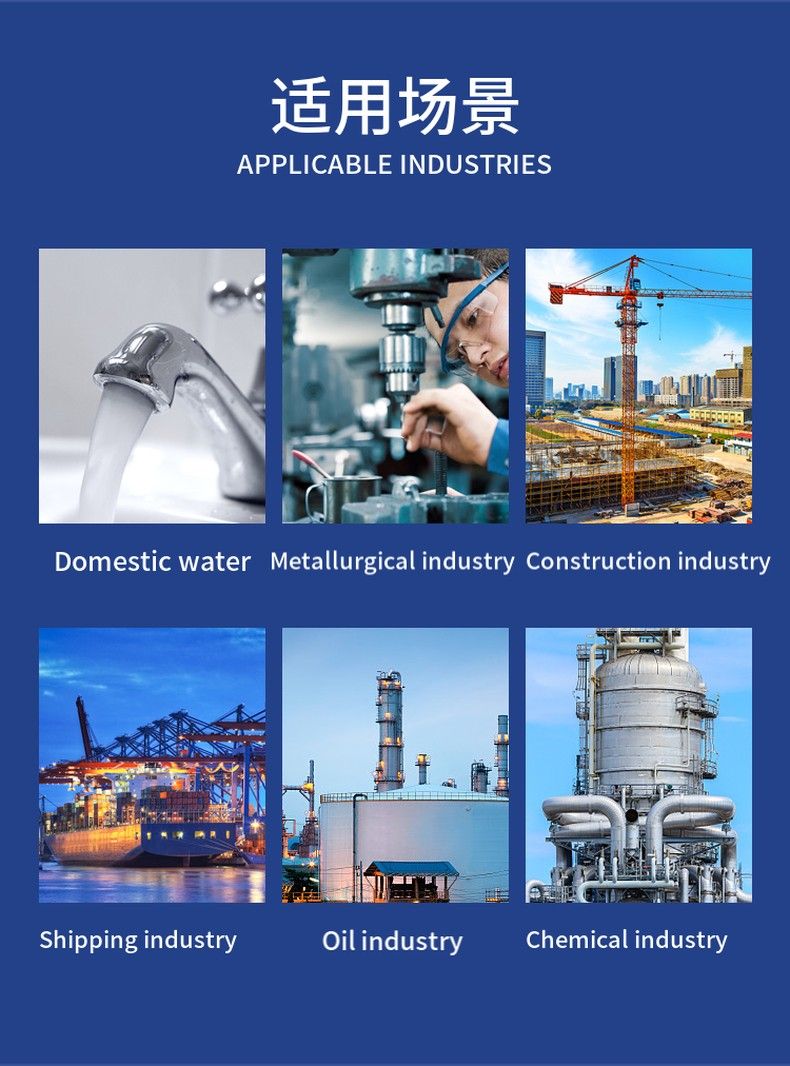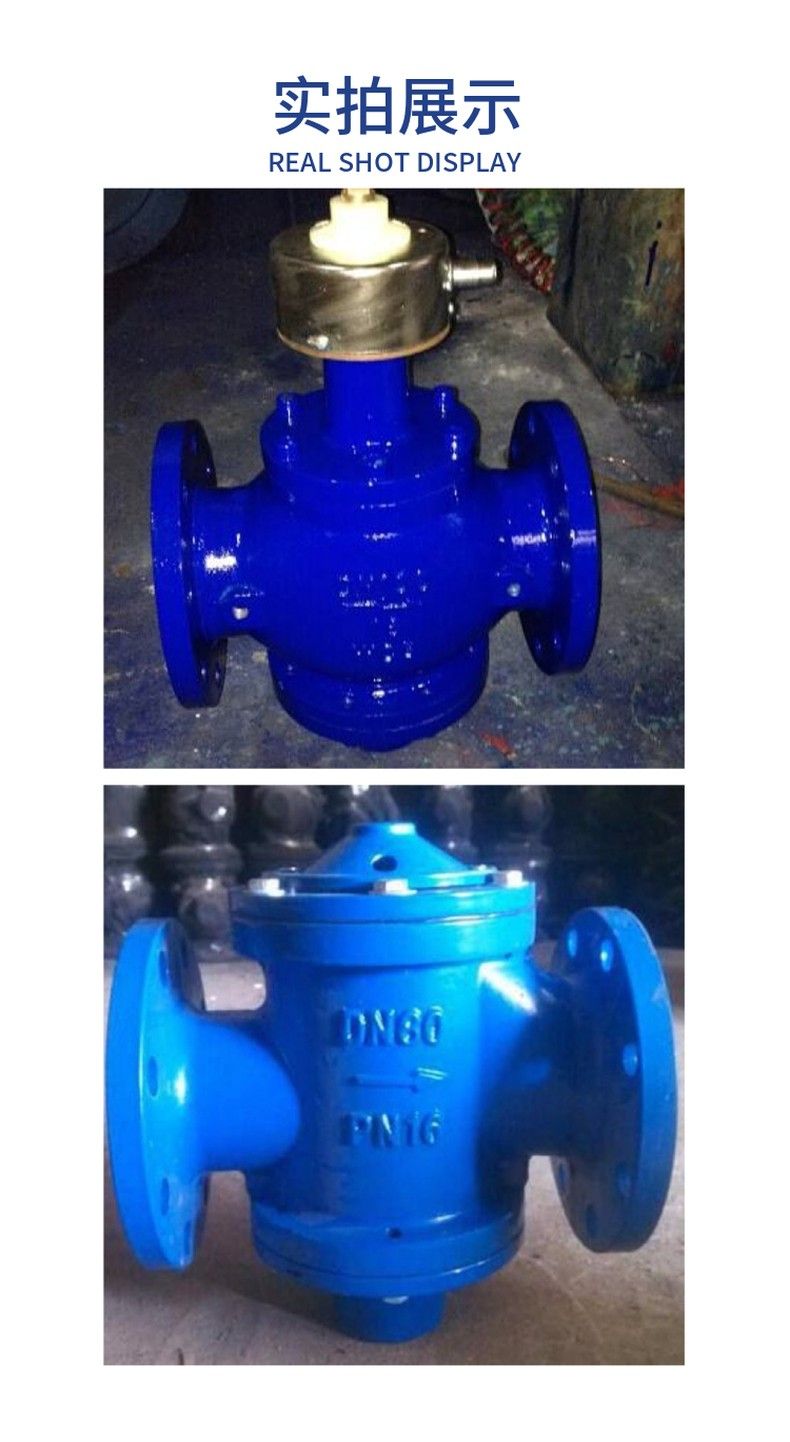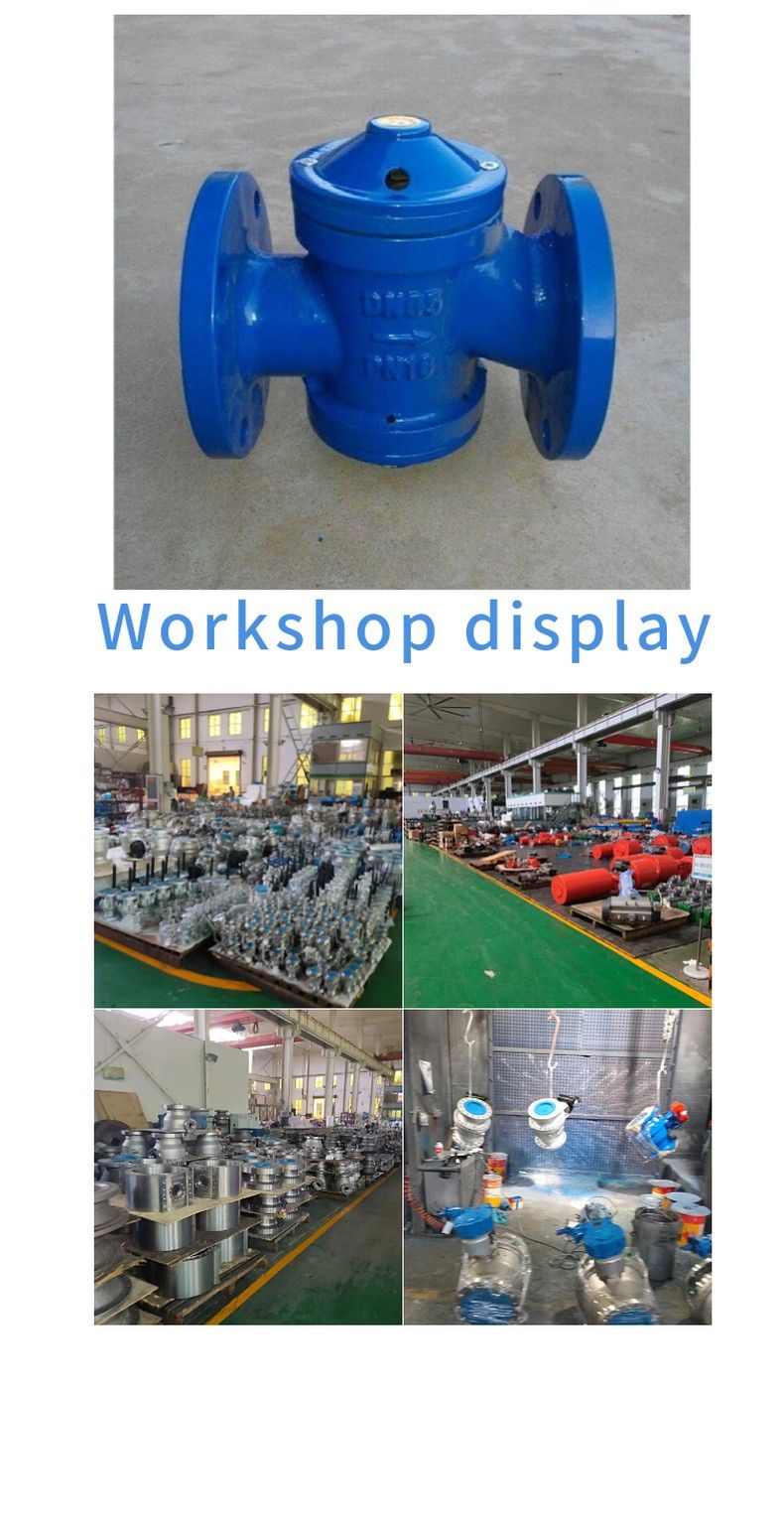Home >> Products >> Regulating valve
Differential pressure balance valve, also known as self-operated differential pressure control valve, is a valve that does not need external energy to automatically adjust the pressure change of the medium to be adjusted, which is suitable for household metering or automatic control system. The pressure difference balance valve is a double flap structure, the valve stem unbalance force is small, compact structure, used for heating (air conditioning) water series, constant pressure difference of the controlled system.
How to use:
1, the flow direction of the medium should be consistent with the direction of the arrow of the valve body;
2, the pressure difference balance valve should be installed on the return pipe, the valve is connected with the pressure guide pipe, the other end of the pressure guide pipe is connected with the water supply pipe, it is recommended to install 1/2" ball valve in the water supply end of the pressure guide pipe, in order to start the blockage elimination function;
3, in the pressure pipe before the water supply pipe should be installed on the filter, to avoid poor water quality caused by the valve to lose the automatic adjustment function;
4, the water supply pipe and the valve before the return pipe should be installed pressure gauge, easy to adjust and control the pressure difference;
5, if found that the system flow is too large or too small, the possible reason is that the pipe components installation of debris stuck on the valve plug, you can close the 1/2" ball valve 3-5 minutes, then if it is a light blockage, you can automatically eliminate, if not eliminated, you have to open the valve to check to eliminate the blockage;
6, control the pressure difference adjustment method: counterclockwise adjustment of the pressure regulating valve stem, observe the pressure difference.
Why indoor installation of automatic control devices must be installed pressure difference balance valve reasons are as follows:
1. If the differential pressure balancing valve is not installed, when the indoor temperature of the near-end user reaches the set value due to the excessive pressure difference, the thermostatic valve cannot be turned off due to the limited expansion thrust of the temperature sensing packet, so that the indoor temperature of the near-end user exceeds the standard.
2. If the pressure difference balance valve is not installed, the pressure difference of the near end user is too large, the pressure difference of the remote user is small, and the pressure difference of the external network is unbalanced, resulting in the indoor temperature timing of the near end user and the remote user. If the indirect heating method is adopted, the interval time of heating is reached when the remote user has not met the user's demand due to too long the time series, so that the remote user cannot meet the heating requirements. For example, when the frequency conversion and variable flow regulation is too long, the end user has not met the needs of the user, that is, when the revolution of the heat source circulating pump is reduced, the frequency conversion device can not play its due effect.
3. If the pressure difference balance valve is not installed, each user will interfere with each other when adjusting, if one or several thermostat valves are adjusted, it will cause all the unnecessary action of the thermostat valve.
4. If the pressure difference balancing valve is not installed, when the indoor temperature reaches the demand, the pressure difference of the near end user is too large, which will lead to noise of the thermostat valve and affect the comfort level.
5. If the pressure difference balance valve is not installed, the temperature sensing package will brief the service life of the thermostatic valve under high pressure difference work for a long time.
First, ZL4B constant flow control valve product features and uses:
Constant flow regulating valve is a regulator with constant flow function, it is a combination of self-operated pressure difference control device and flow regulating device valve, its pressure difference control device, control and stabilize the pressure difference before and after the flow regulating device, so that the pressure difference before and after the valve is greater than the constant flow starting value, the flow through the valve no longer changes with the pressure difference before and after the valve, Within the range of pressure difference control, the flow rate through a certain opening of the valve can be automatically maintained constant, and the change of flow can be realized only by adjusting the opening of the valve, which has nothing to do with the pressure difference before and after the valve. Due to the wide adjustable range of the constant flow regulating valve, the valve diameter can generally be selected according to the design diameter, and the diameter can be reduced if necessary.
Second, ZL4B constant flow control valve installation position:
in the central heating system, installed in each heat exchanger water outlet or entrance, the implementation of manual regulation; It can also install valve actuators, temperature sensors, climate compensators and other automatic control instruments to implement automatic control; In the outdoor system of central heating, it is installed on the return water pipe or the supply water pipe of the heat inlet of each building; In the fan coil system of the central air conditioning, it is installed on the return water pipe or the supply water pipe at the branch of the floor and the coil entrance of each air conditioning unit; Valve actuators can also be installed with automatic control instruments to implement automatic control. In the household control system that does not install the temperature control valve, it can be installed on the water pipe at the entrance of each household. In the system that installed the temperature control valve at the entrance of each household, it must adopt the external connection pressure access method, installed on the water supply pipe at the thermal entrance of each building or the water supply pipe shared by each unit. Pay attention to the external connection of the pressure pipe connected to the return water pipe; Install one on each independent loop, and do not need to be used repeatedly in series.
